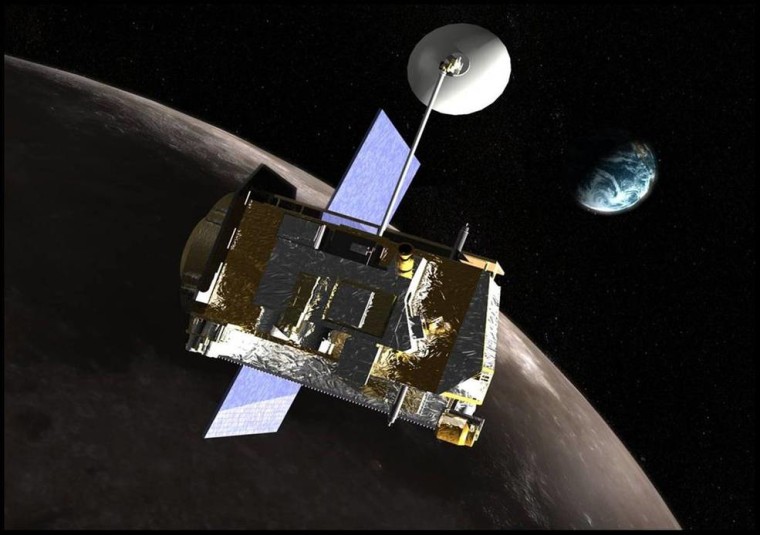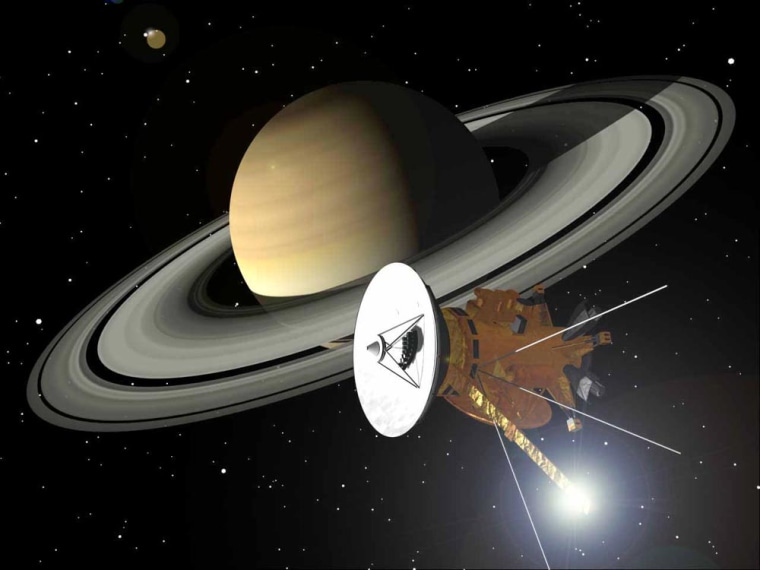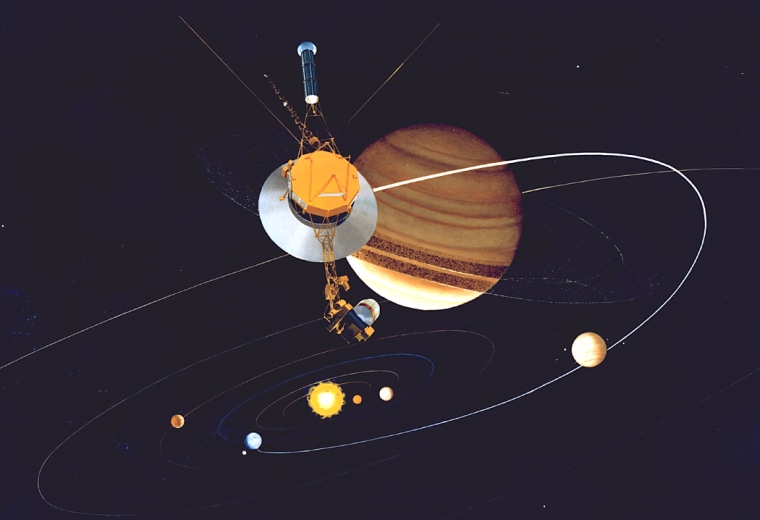When NASA's Juno probe arrived at Jupiter on Monday, it joined a far-flung assortment of unmanned spacecraft collecting scientific data about planets, comets, asteroids and other interplanetary phenomena. Their missions are varied, but share fundamental goals: to help make sense of the universe and our place in it.
There are dozens of satellites, orbiters and fly-by probes currently at work. Here are a few of Juno's fellow space travelers:
Akatsuki
This Japanese orbiter failed in its first attempt to reach Venus, and spent five years spinning around the sun before getting another chance in December. That time, it worked, and Akatsuki — Japanese for "dawn" — has been circling Earth's closest planetary neighbor since. Its mission is to study Venus' weather patterns, search for lightning in its clouds and find signs of volcanic activity.
Lunar Reconnaissance Orbiter

Since 2009, this NASA craft has been mapping and snapping pictures of the moon's surface, broadening our understanding of its topography, observing other lunar explorations and scoping out spots for future landings.
The information it collects goes into the Planetary Data System, accessible to the public, allowing deeper understanding of future human exploration possibilities. And it sends back stunning images, including a remake of the "Earthrise" image captured by Apollo 8 in 1968.
Dawn
This NASA probe has already done loads of work, mapping the "protoplanet" Vesta, a leftover of the early days of the solar system that lies in an asteroid belt between Mars and Jupiter. Now Dawn is examining a second such body, called Ceres.
Related: NASA's Dawn Probe Focuses on a Different Mystery Spot on Ceres
New Horizons
The first spacecraft to monitor Pluto up close, NASA's New Horizons conducted a flyby of the former planet, relaying pictures that are still making their way to Earth. From there, it will continue to other bodies in the Kuiper Belt beyond Neptune.
2001 Mars Odyssey
Named after the Arthur C. Clarke book "2001: A Space Odyssey," this is one of several probes circling our red neighbor. The Odyssey has sent a steady stream of pictures of the red planet since 2001, helping scientists understand Martian geology and climate — including evidence that led to the discovery of water ice beneath its surface. It also acts as a communications relay with surface rovers.
Cassini

One of mankind's most ambitious space exploration projects, Cassini is a joint mission of NASA, the European Space Agency and Italy's Agenzia Spaziale Italiana. It arrived at the ringed planet in 2004, and the following year launched a mini-probe that parachuted to the surface of Saturn’s largest moon, Titan. Later this year, Cassini will embark on what its handlers call the "Grand Finale," diving between Saturn's upper atmosphere and innermost ring to collect data on its gravitational and magnetic fields.
Related: Cassini Probe's Final Pass of Saturn's Moon Dione Yields Best Images Yet
Voyager 1
Launched in 1977, Voyager 1 was originally supposed to explore Jupiter and Saturn, but has since traveled farther than anything made on Earth, continuing into the solar system's outer reaches, and, in 2012, passing into interstellar space, beyond the reach of the sun. In the off chance someone — or something — ever comes across Voyager 1, it contains a "golden record" engraved with images, sounds and music that represent a sampling of humankind.
Voyager 2

On Voyager 1's heels (relatively speaking), is its twin, Voyager 2, which not only flew by Jupiter and Saturn but continued to Uranus and Neptune, the only spacecraft to do so. Now it is leaving the solar system. Voyager 2 is currently traveling through the "Heliosheath," the final region where solar wind slows, and will eventually join Voyager 1 in interstellar space. It, too, contains a "golden record."
